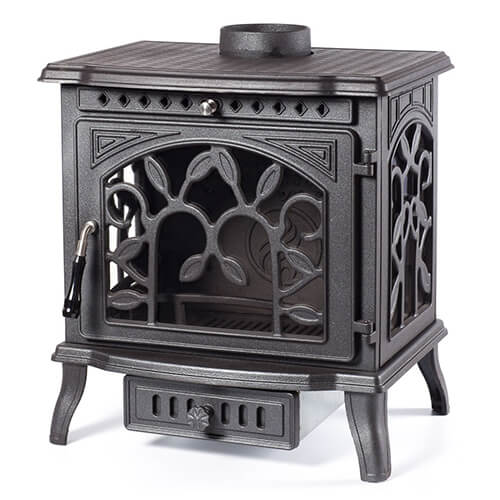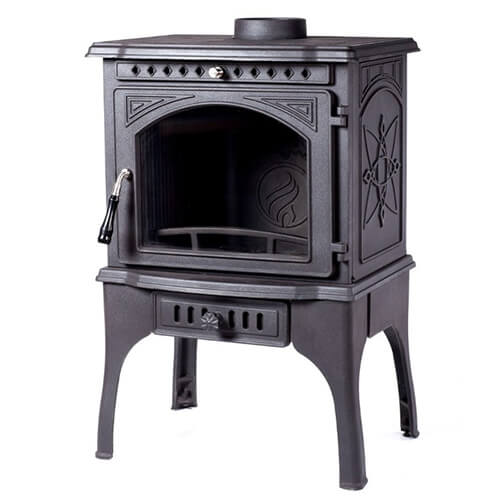


Wood stoves are more than just keeping all the heat in the unit. Transfer fresh air to the firebox to allow flame growth to be part of the process. The heated air must have a place to go. Some modern wood-burning furnaces maintain a blower system that allows some heat to be blown into the room, increasing the overall efficiency of the heating unit, but the extra air still needs to be discharged somewhere, otherwise, the entire unit will be nothing but a fire hazard.
The heated air rises naturally, so the standard flue provides a place for smoke and unused air to exit the home. Some houses with older flue may require the use of pipes inserted in the flue (chimney liner) to facilitate cleaning and proper venting of the fumes. If there is no existing flue in the home, the installer will install a flue for you. Depending on the requirements of the furnace and the house itself, the flue can exit directly from the ceiling or through a small flue on the wall of the house.
Since you know how wood-burning stoves work, you can have one of them at home. Even if your home is equipped with modern heating facilities, such as a central unit, the use of wood-burning stoves is a wise investment. These devices can significantly reduce heating costs and are essential for home heating in the event of a power outage. Wood-burning stoves are available for every family, and even if you think your home is too small, there is a house for you.
